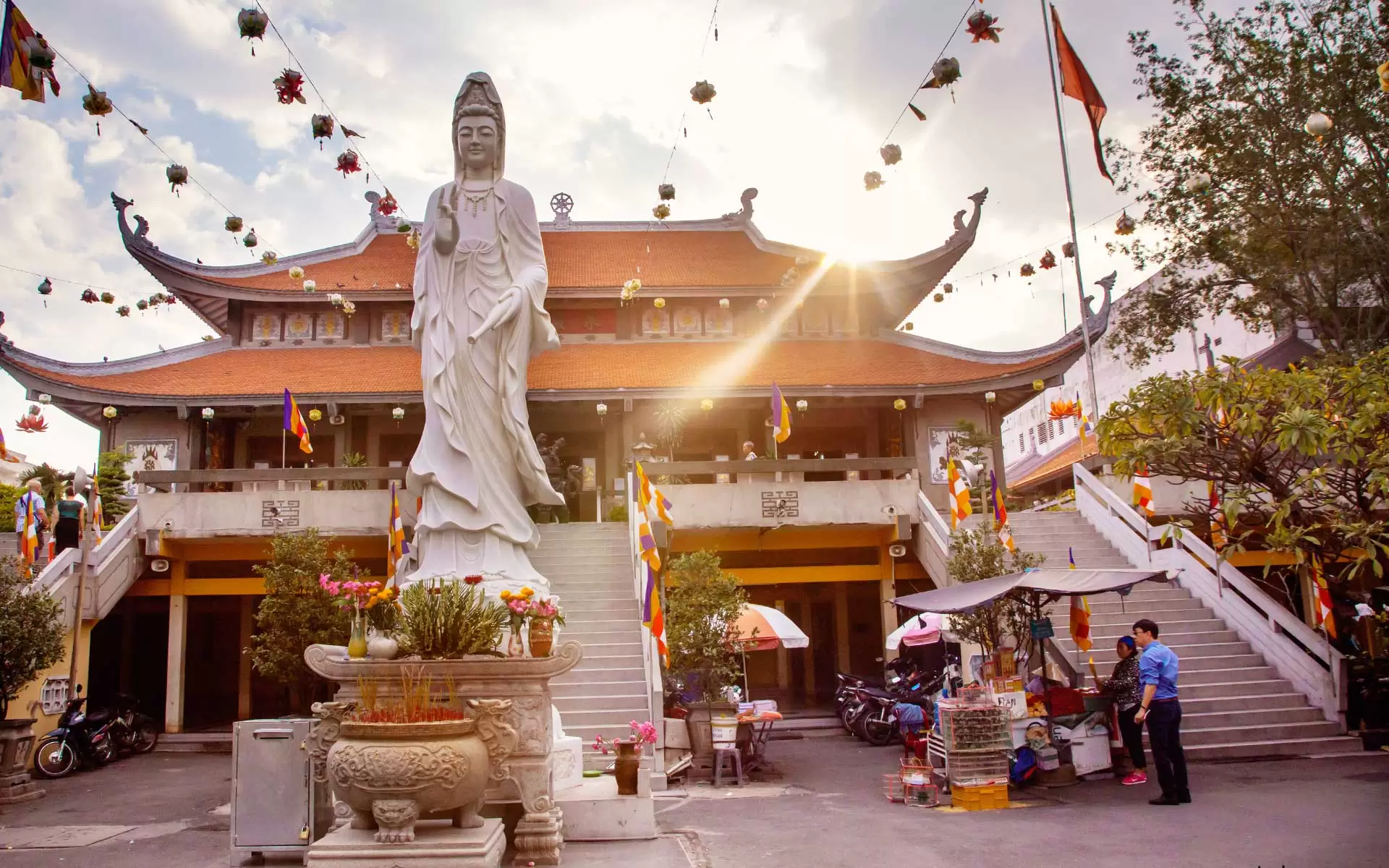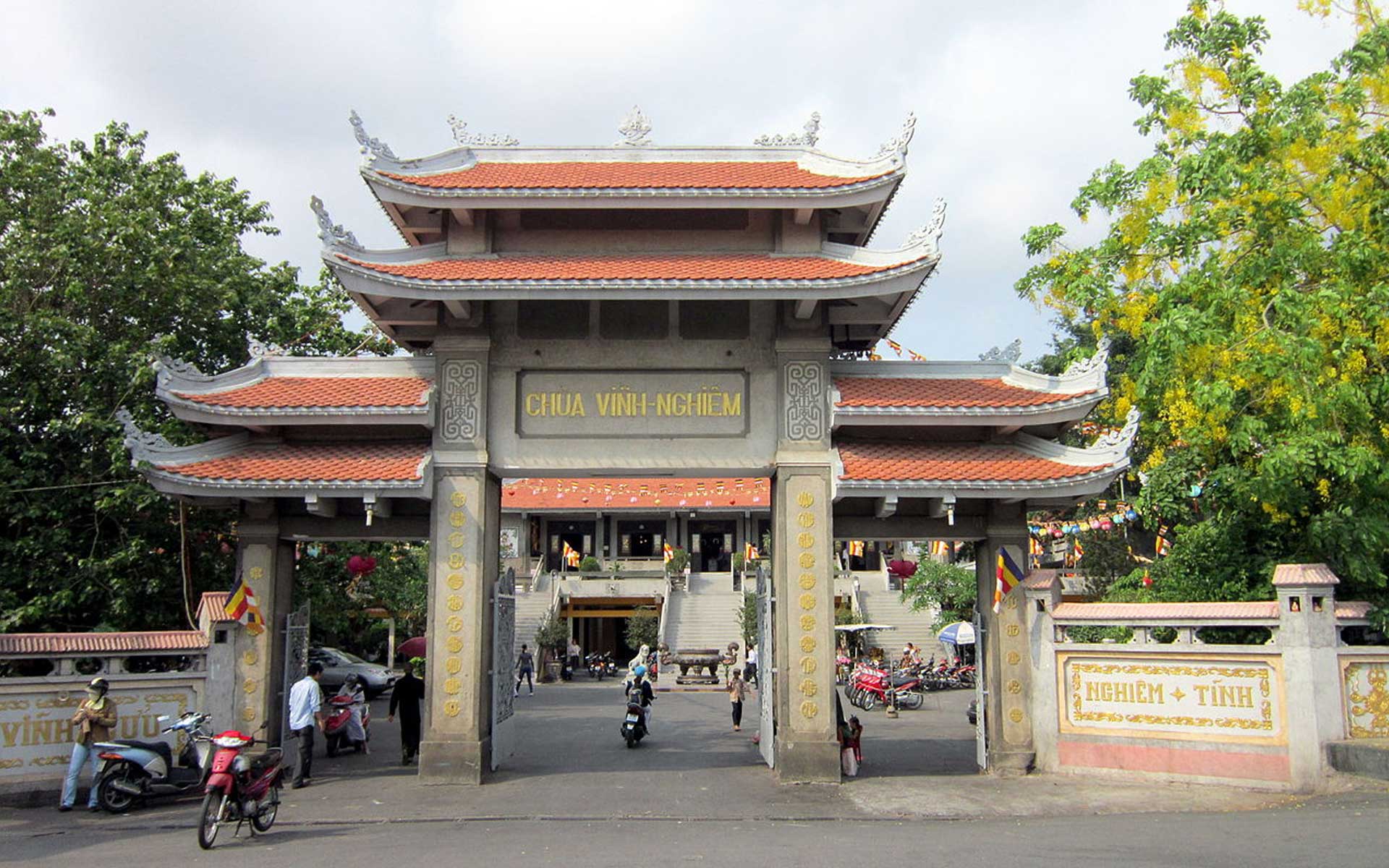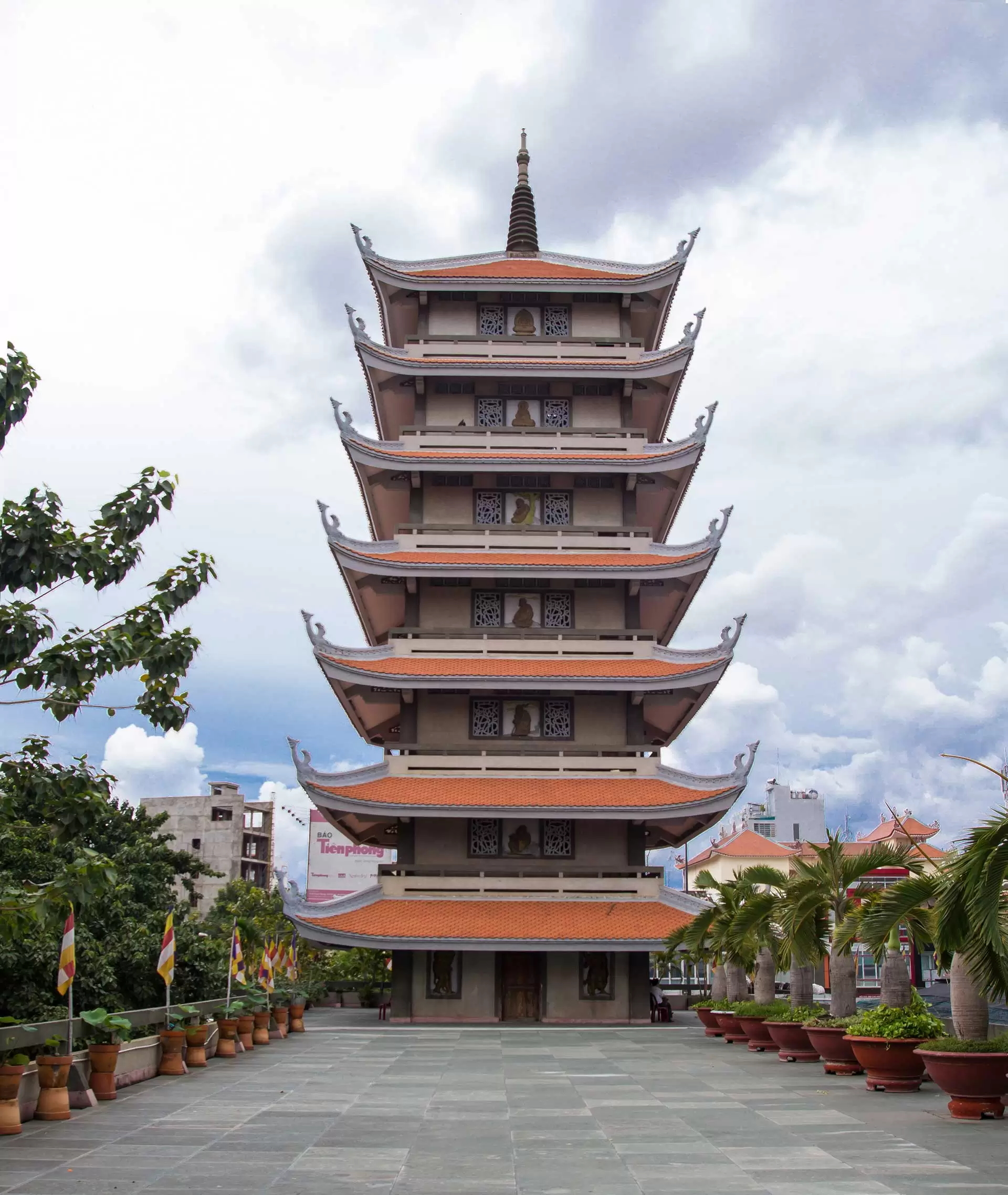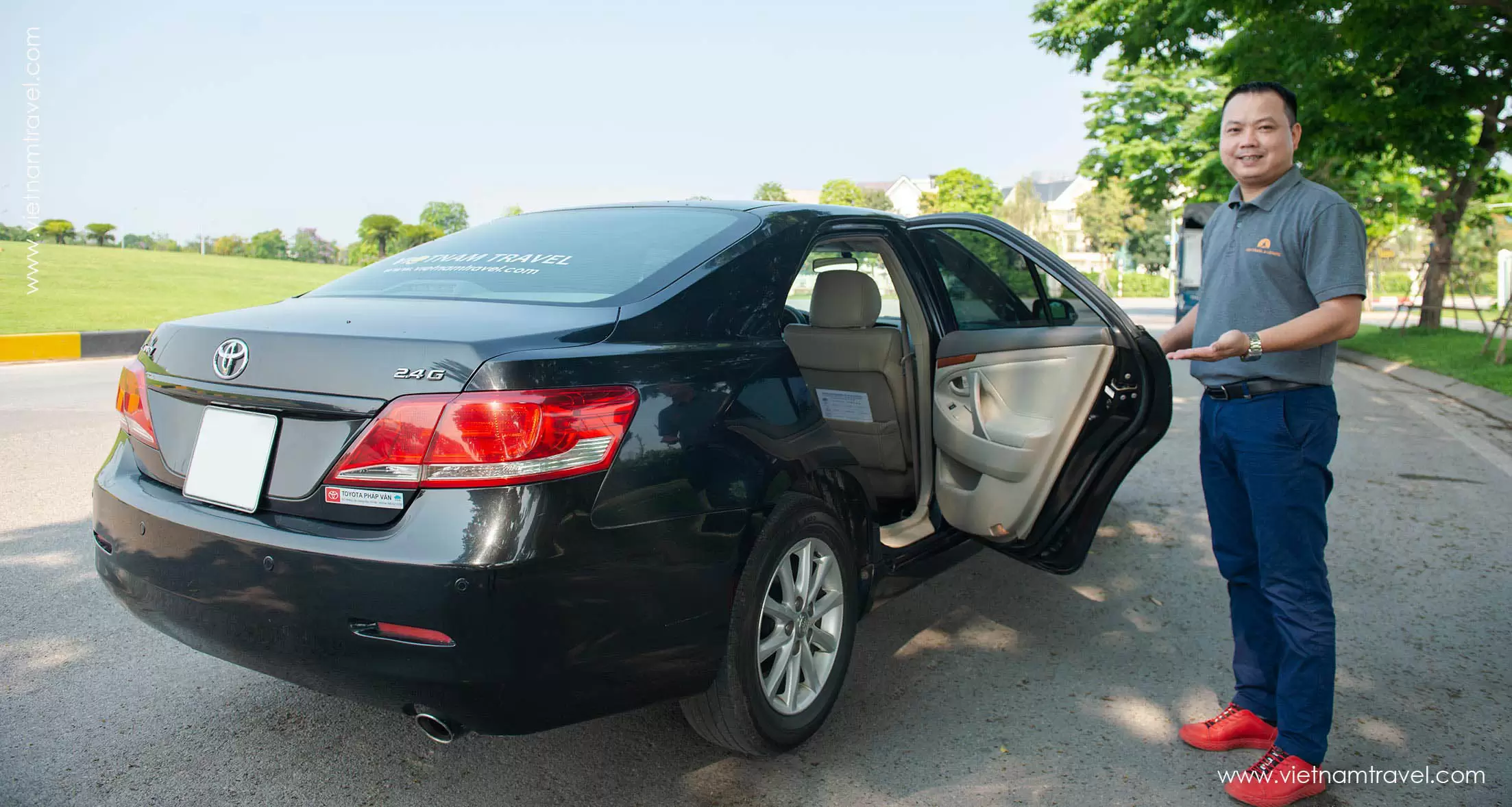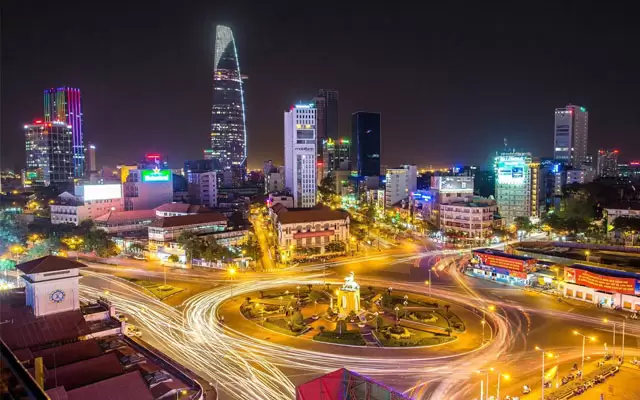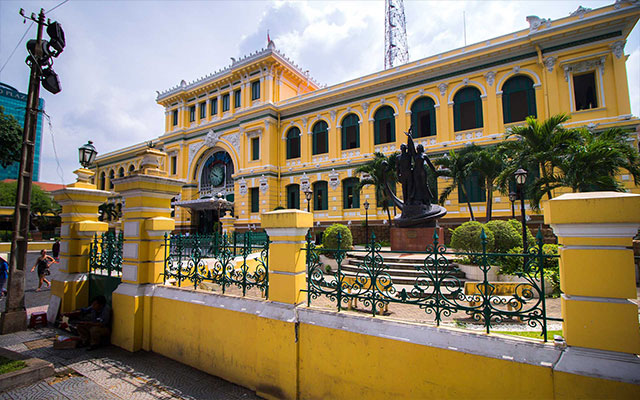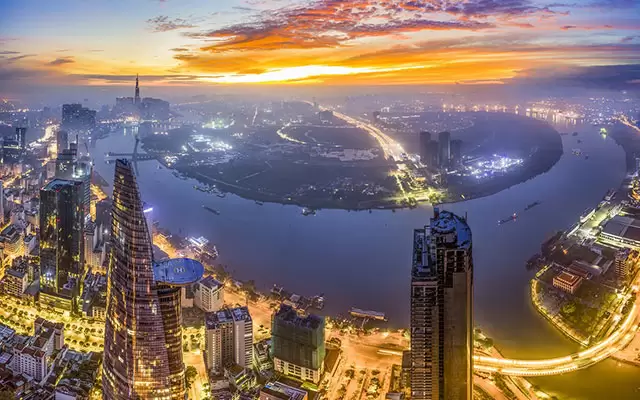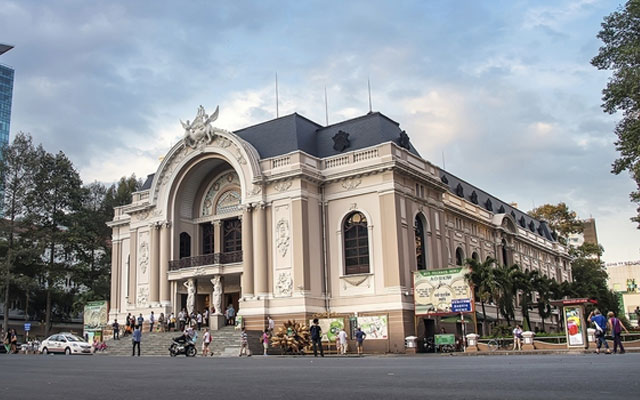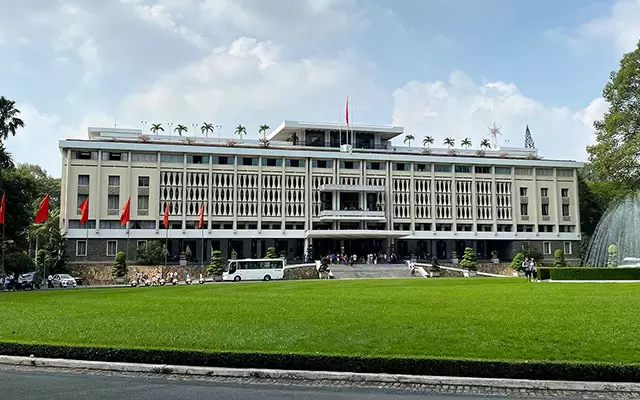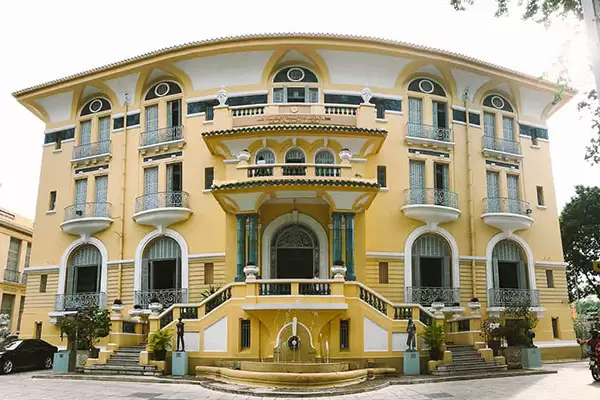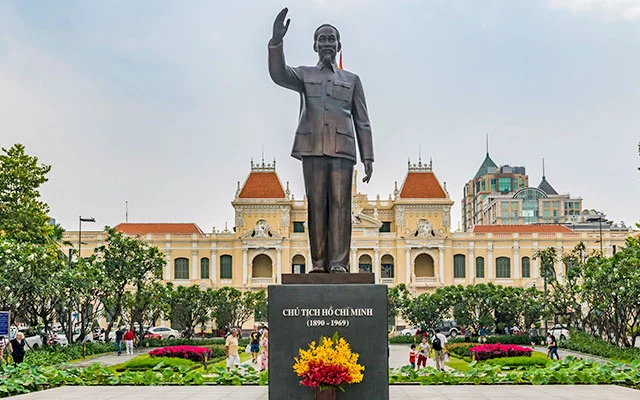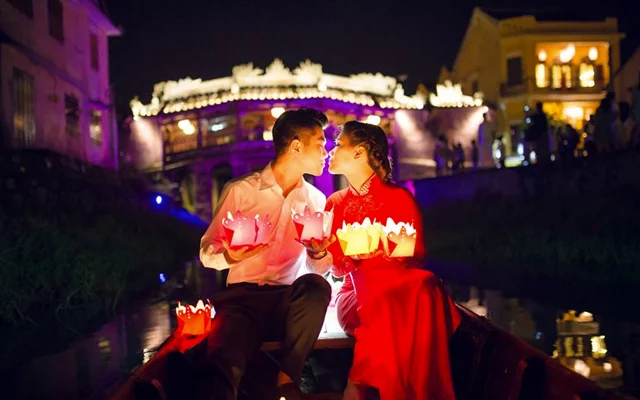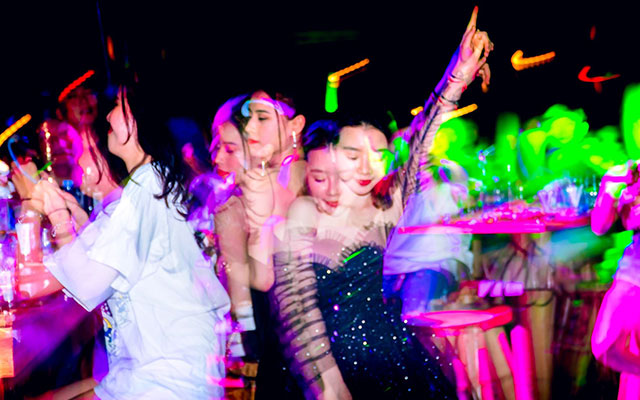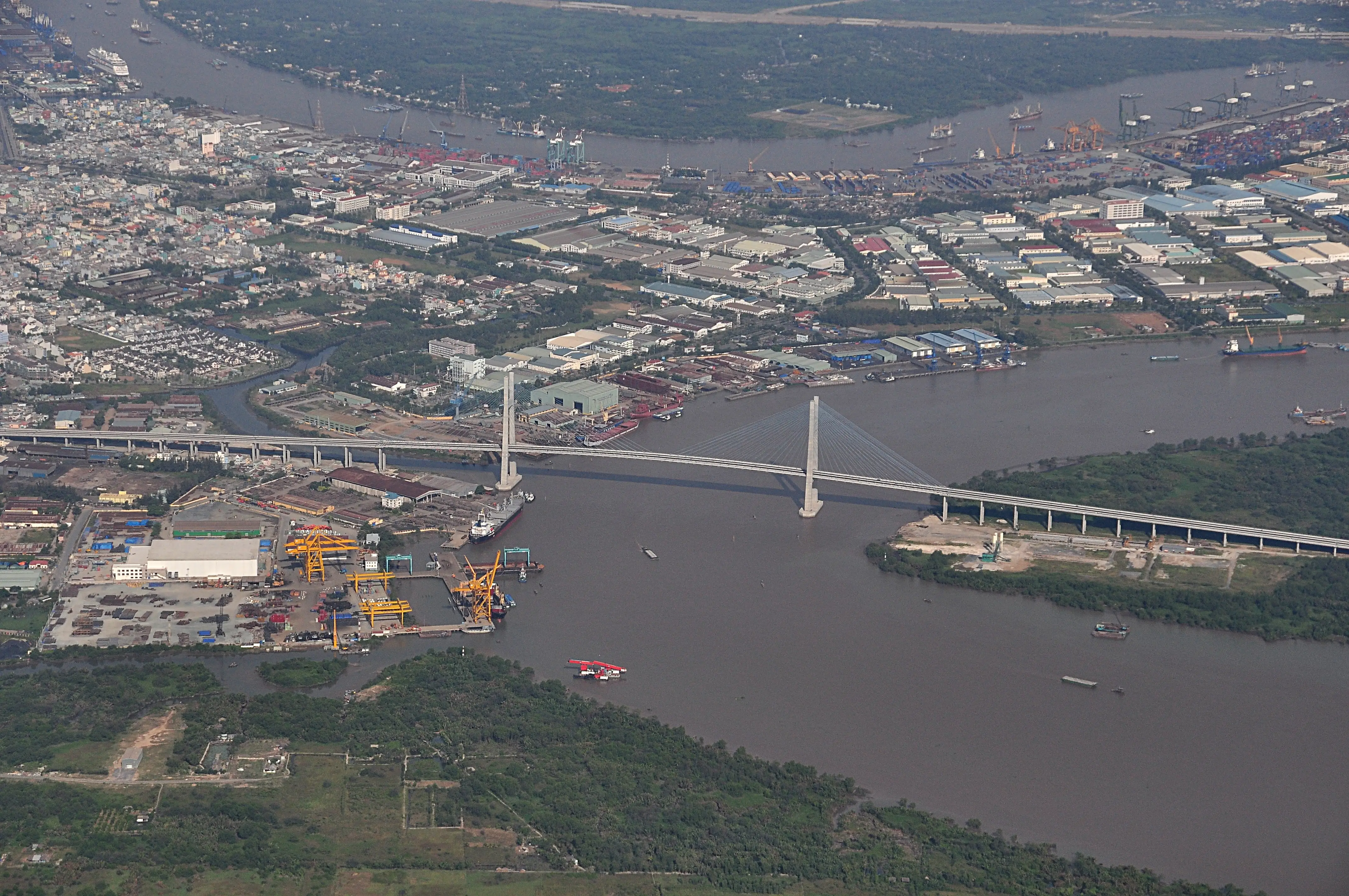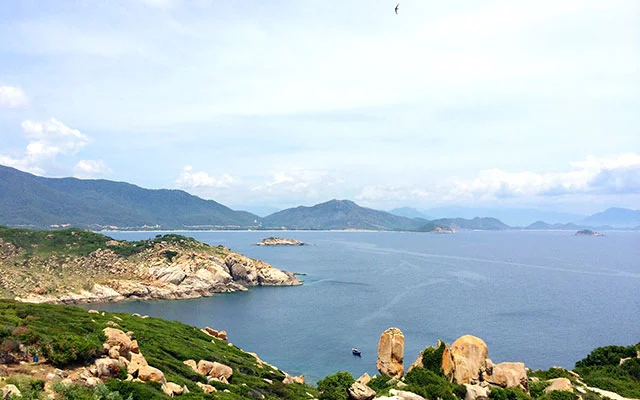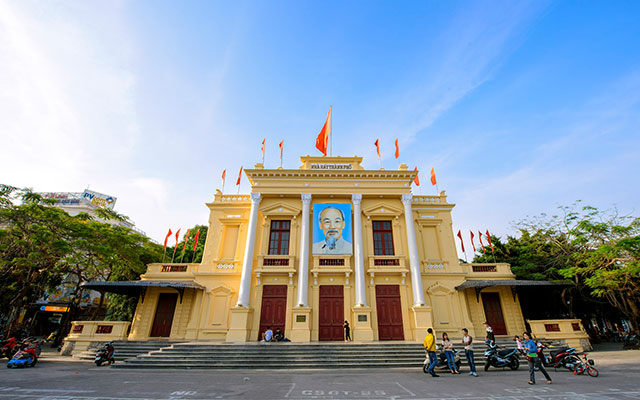Vinh Nghiem Pagoda (Ho Chi Minh City) – The Complete Travel Guide
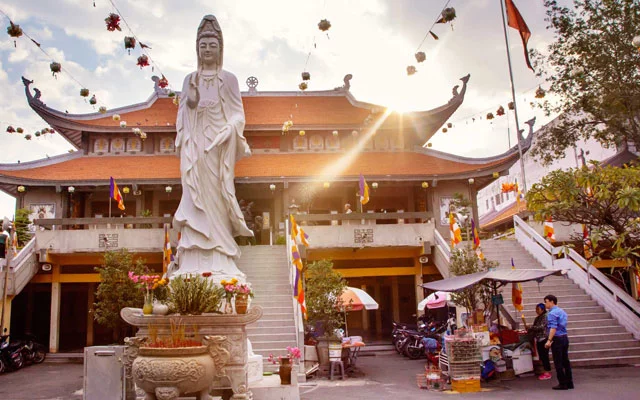
Going to the pagoda and paying homage to the Buddha is one of the typical cultural features of Vietnamese people from ancient times to present. Together with Ngoc Hoang Pagoda (or Phuoc Hai Pagoda), Xa Loi Pagoda, Giac Lam Pagoda, Vinh Nghiem Pagoda is among the famous and most important sites to Buddhism in Ho Chi Minh City. Located at Nam Ky Khoi Nghia Street in District 3, Vinh Nghiem Pagoda with its large campus and special architecture attracts thousands of visitors. When entering, the atmosphere at the pagoda brings pure and peaceful feelings in any visitor’s hearts.
Vietnam Travel team would like to share more information about the pagoda in this article. Let’s read!
Table of Contents
History of Vinh Nghiem Pagoda.
Vinh Nghiem Pagoda is rather young pagoda which was built in 1964, when monks Thich Tam Giac and Thich Thanh Kiem from the North coming to the South to spread Buddhism and started this construction. The pagoda was designed by the architect Nguyen Ba Lang with the cooperation of Mr. Le Tan Chuyen and Co Van Hau, based on the model and namesake of the ancient wooden Vinh Nghiem Pagoda in Bac Giang Province which was in the 11th century under the reign of King Ly Thai To.
The pagoda starting was in a low land area on Thi Nghe canal where 40,000m3 of land from Bien Hoa highway had to be transferred to leveling at the fund of 98 million dong at that time, completely contributed by Buddhists. After 7 years, in 1971, it was basically completed with the items including Central Building, Quan The Am Tower, a foundation for social activities. Later, some other works were added on, such as Xa Loi Community Tower, Vinh Nghiem Stone Tower, guest house…
After completion, the pagoda is located on a spacious campus with an area of about 6,000 m2 which is completely suitable for relaxation and praying. The architecture of the pagoda is in the old style of North Vietnam, but it is built with modern construction materials and techniques.
Architecture of Vinh Nghiem Pagoda.
Vinh Nghiem Pagoda is one of the typical works for Vietnamese Buddhist architecture in the 20th century, including the main items: Tam Quan gate, the Central building and the Towers.
Tam Quan Gate
This is a rather massive work, traditional architecture with curved red tiled roof. In the past, when Nam Ky Khoi Nghia Street had not widened the road, the gate was about 4m from the present pagoda and about 30cm lower. In 2005, due to the city implementing the project to expand Nam Ky Khoi Nghia Street, the pagoda’s Tam Quan gate was moved inside, to the present location.
The relocation ensures that the architectural landscape of the pagoda is not broken. It helps to preserve a building of artistic, cultural, and historical value in the city.
Central Building
The central building is a large, solid structure consisting of an upper floor and a ground floor. In front of the central building stands the superficial Bodhisattva Avalokitesvara statue.
The ground floor has two parts, dividing into the ancestor worshiping house (there is an altar of Bodhidharma inside), lecture hall, office, library (one of the three libraries of the Buddhist Association of Ho Chi Minh City), monk room and classrooms (because the pagoda is the place of the basic Buddhist school), etc.
From the courtyard there are three wide staircases consisting of 23 steps, leading up to the upper floor including the terrace, the Buddha Hall and Quan The Am Tower.
The terrace is about 10 meters wide. On the right side, there is a bell tower, hanging a large bell (or “The Bell of Peace”, 1.8 m in diameter; casted in 1971) donated by Tao Dong Buddhists in Japan before 1975, to pray for peace in Vietnam.
The Buddha Hall is structured in the style of “Cong” script (Chinese characters: 工). The corners of the roof are curved in the northern pagoda style. In the center of the roof is the Wheel of Dharma and the corners of the phoenix head. The Buddha Hall consists of three parts: Bai Dien, Ban Dien and Dia Tang Duong.
Bai Dien is 35 m long, 22 m wide and 15 m high. The columns, racks and tiled roofs are all casted in reinforced concrete. In the center of the Bai Dien is the altar of the Buddha. The two sides are Bodhisattva Van Thu (left) and Bodhisattva Pho Hien (right). Along the wall in this area there are Arhat paintings. The wood carvings here have Bao Lam Tu Linh, Bao Lam Cuu Long and especially there are reliefs on famous temples in the country and some Asian countries. On the porch on either side of the entrance, each side has a fairly large Kim Cang statue.
Ban Dien (worshiping Buddha Amitabha) and Dia Tang Duong (worshiping Jizō Bodhisattva) which are similar in architecture to the Bai Dien.
The Towers
Quan The Am Tower is located on the left Buddha Hall (from the entrance to the inside), consisting of 7 floors, nearly 40 m high, built at the same time as the pagoda. The tower is in square shape, each bottom side 6 m. The top of the tower has 9 circle wheels and round shapes called Long Xa and Quy Chau. This is the most massive tower among the towers of Vietnamese Buddhism.
Built in 1982, Xa Loi Community Tower has 4 floors, 25 m high and completed in 1984. There are stairs leading up from the courtyard. This is where place the remains of the Buddhists and their relatives come to visit.
Vinh Nghiem Stone Tower was inaugurated in December 2003, 14 meters high to worship the late monk Thich Thanh Kiem, one of the two venerable founders of the pagoda. This is considered the first stone tower in the South, and also the largest and tallest stone tower in Vietnam ever.
In addition, there are some other items inside the pagoda to meet all visitors’ need while visiting the pagoda, such as guest house or a vegetarian restaurant.
When and Where to Visit Vinh Nghiem Pagoda?
The Vinh Nghiem Pagoda is open for visitors and worshippers all year round. Depending on what aspect of the pagoda that you wish to see, you can choose the suitable certain times to come.
+ Visiting in the morning for more quiet and peaceful.
+ To experience the busiest time of the pagoda when many people visit to pray or do other blessings, you should come on Tet holiday (Lunar New Year), 15th day of lunar calendar of every month including Vu Lan Festival on the full moon day of the 7th lunar month…
For any spiritual places, please dress neatly and politely.
Address: 339 Nam Ky Khoi Nghia Street, Ward 14, District 3, Ho Chi Minh City.
Opening hours: 6.30am – 11.30am (morning) and 1.30pm – 7.00pm (afternoon), daily
Entrance fee: Free
How to Get There?
As nestled close to the center, getting here is quite easy and convenient by motorbike or taxi as this attraction is so famous amongst local people.
A visit to Vinh Nghiem Pagoda can also be combined with Ho Chi Minh City’s other most popular and fascinating tourist attractions, such as the War Remnants Museum, the Independence Palace, Notre Dame Cathedral, Saigon Central Post Office…
For the most flexibility and stress-free of any visit, nothing is better than a private arrangement with experienced guide and skillful driver who happily escort you from right at your door to the end of trip. Just let us know your preference and our Vietnam Travel team will assist you at best!
 Italiano
Italiano
 English
English

